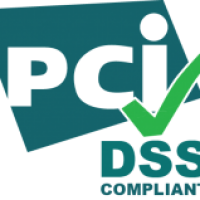Reasons For a Penetration Test
We have clients reaching out for a penetration test with a myriad of different drivers for needing to complete the assessment. Sometimes, clients know what they need and why they need it. Other times, they are looking for coaching as to what they should get done and what that particular test will achieve. Today, we […]










